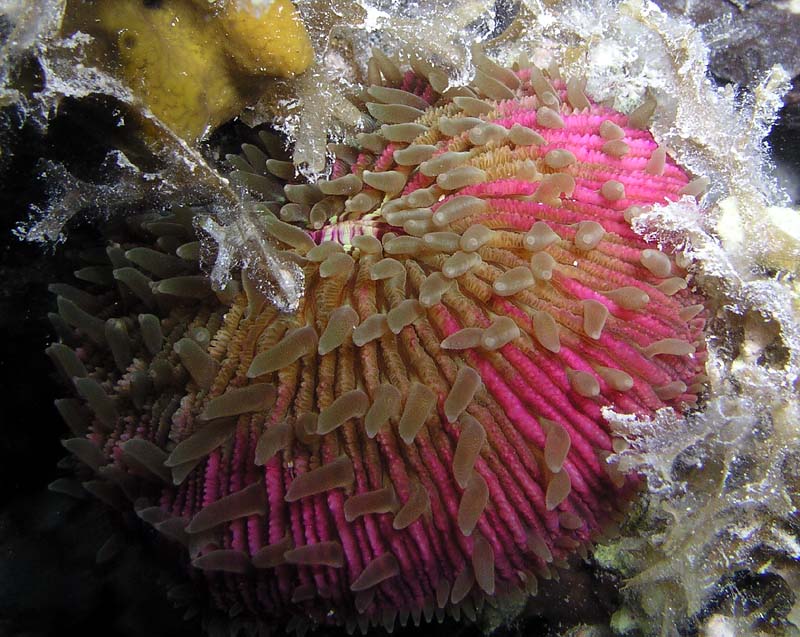R
rcreations
Guest
Here's something I've been wondering lately... how does a long tentacle Plate Coral move about? I put mine in a spot before I go to bed, then when I wake up, it's moved. It has a hard bottom, so how does it get about? It can't climb over rocks but it seems to be able to move anywhere it wants on the sand.



